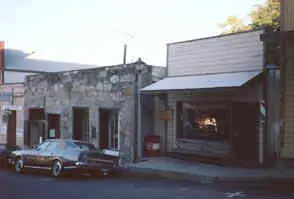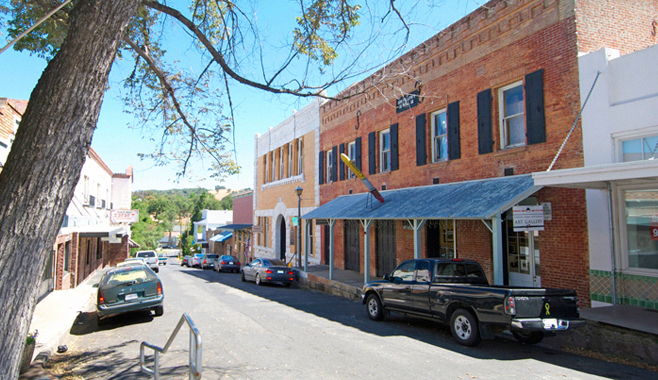

For every 100 females there were 88.6 males.

The population was spread out with 585 people (21.0%) under the age of 18, 197 people (7.1%) aged 18 to 24, 589 people (21.2%) aged 25 to 44, 777 people (27.9%) aged 45 to 64, and 635 people (22.8%) who were 65 years of age or older. There were 671 families (58.6% of all households) the average family size was 2.84. 396 households (34.6%) were made up of individuals and 190 (16.6%) had someone living alone who was 65 years of age or older. There were 91 (7.9%) unmarried opposite-sex partnerships, and 13 (1.1%) same-sex married couples or partnerships. There were 1,146 households, out of which 314 (27.4%) had children under the age of 18 living in them, 449 (39.2%) were opposite-sex married couples living together, 156 (13.6%) had a female householder with no husband present, 66 (5.8%) had a male householder with no wife present. The Census reported that 2,595 people (93.2% of the population) lived in households, 21 (0.8%) lived in non-institutionalized group quarters, and 167 (6.0%) were institutionalized. Hispanic or Latino of any race were 255 persons (9.2%). The racial makeup of San Andreas was 2,453 (88.1%) White, 23 (0.8%) African American, 48 (1.7%) Native American, 28 (1.0%) Asian, 1 (0.0%) Pacific Islander, 83 (3.0%) from other races, and 147 (5.3%) from two or more races. The population density was 331.5 people per square mile (128.0/km²). The 2010 United States Census reported that San Andreas had a population of 2,783. ClimateĪccording to the Köppen Climate Classification system, San Andreas has a warm-summer Mediterranean climate, abbreviated "Csa" on climate maps. GeographyĪccording to the United States Census Bureau, the CDP has a total area of 8.4 square miles (22 km 2), of which, 99.81% is land and 0.19% is water. Notorious highwayman Black Bart was tried here and sent to prison. It was said to be a rendezvous location for Joaquin Murrieta. In 1866, San Andreas became the seat of Calaveras County. The gold discovered here contributed greatly to the success of the Union during the Civil War. Mining of the channels was lucrative enough for the town to completely rebuild after fires in 18. The gold from the initially discovered placers gave out after a few years, but the discovery of gold in an underground river channel in 1853 revitalized the camp and it soon became a town. Andrew, the town has been a noted mining camp since early days. Settled by Mexican gold miners in 1848 and named after the Catholic parish St. Afterward it was turned into the Calaveras County Museum and was listed on the National Register of Historic Places (NRHP). The old Calaveras County Courthouse, built 1867, served in that role for 100 years.


 0 kommentar(er)
0 kommentar(er)
